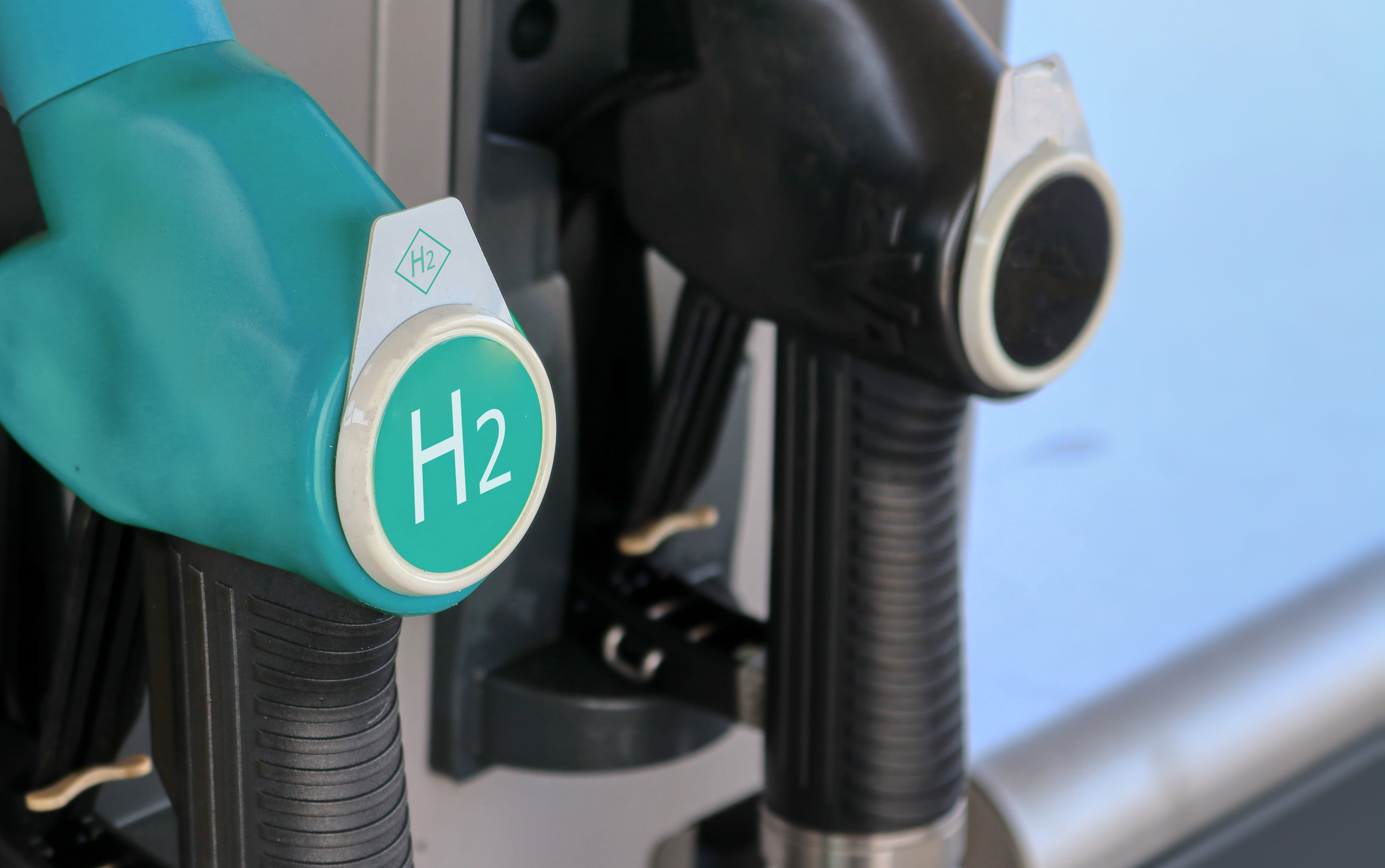German power firm RWE has signed an agreement with Neptune Energy to develop a green hydrogen demonstration project in the Dutch North Sea, targeting an electrolyzer capacity of 300 to 500 megawatts.
In a statement Tuesday, the firms said the H2opZee project would be developed in two phases. The first will center on a feasibility study while the second will focus on implementation. The goal is for the project to be developed before 2030.
“Hydrogen is a gamechanger in the decarbonisation of energy-intensive sectors, and H2opZee is among the world’s first projects of this kind and scale,” Sven Utermöhlen, RWE Renewables’ CEO for offshore wind, said.
Hydrogen has a diverse range of applications and can be deployed in a wide range of industries. It can be produced in a number of ways. One method includes using electrolysis, with an electric current splitting water into oxygen and hydrogen.
If the electricity used in this process comes from a renewable source such as wind or solar then some call it green or renewable hydrogen.
The companies said H2opZee would produce green hydrogen using offshore wind, with an existing pipeline used to funnel the hydrogen to shore. The pipeline’s capacity ranges between 10 to 12 gigawatts, the companies said.
“The energy transition can be faster, cheaper and cleaner if we integrate existing gas infrastructure into new systems,” Lex de Groot, who is managing director of Neptune Energy in the Netherlands, said.
“This infrastructure is technically suitable. As a result … no new pipeline at sea is needed and no new landfall needs to be made through the coastal area.”
The notion of using existing infrastructure to transport hydrogen is not new. Last July, the CEO of energy infrastructure firm Snam outlined a vision for the future of hydrogen, saying the “beauty” of it was that it could be easily stored and transported.
Speaking to CNBC’s “Squawk Box Europe,” Snam CEO Marco Alverà spoke about how current systems would be used to facilitate the delivery of hydrogen produced using renewable sources as well as biofuels.
“Right now, if you turn on your heater in Italy the gas is flowing from Russia, all the way from Siberia, in pipelines,” he said.
“Tomorrow, we will have hydrogen produced in North Africa, in the North Sea, with solar and wind resources,” Alverà said. “And that hydrogen can travel through the existing pipeline.”
While there is excitement in some quarters about green hydrogen’s potential, the vast majority of hydrogen generation is currently based on fossil fuels.
Recently, some business leaders have spoken of the issues they felt were facing the emerging green hydrogen sector. In Oct. 2021, for example, the CEO of Siemens Energy told CNBC there was “no commercial case” for it at this moment in time.
The European Commission has laid out plans to install 40 GW of renewable hydrogen electrolyzer capacity in the European Union by the year 2030.
